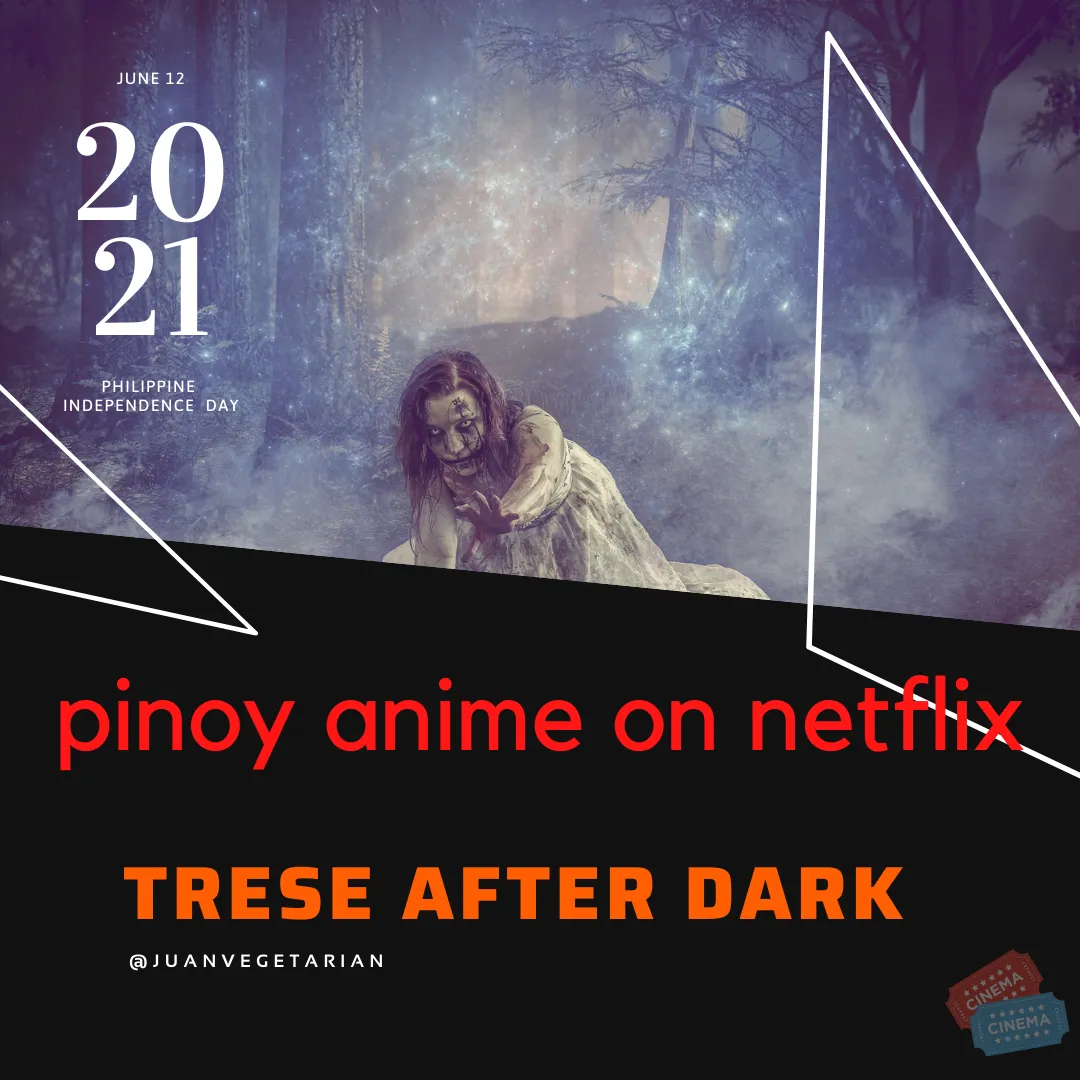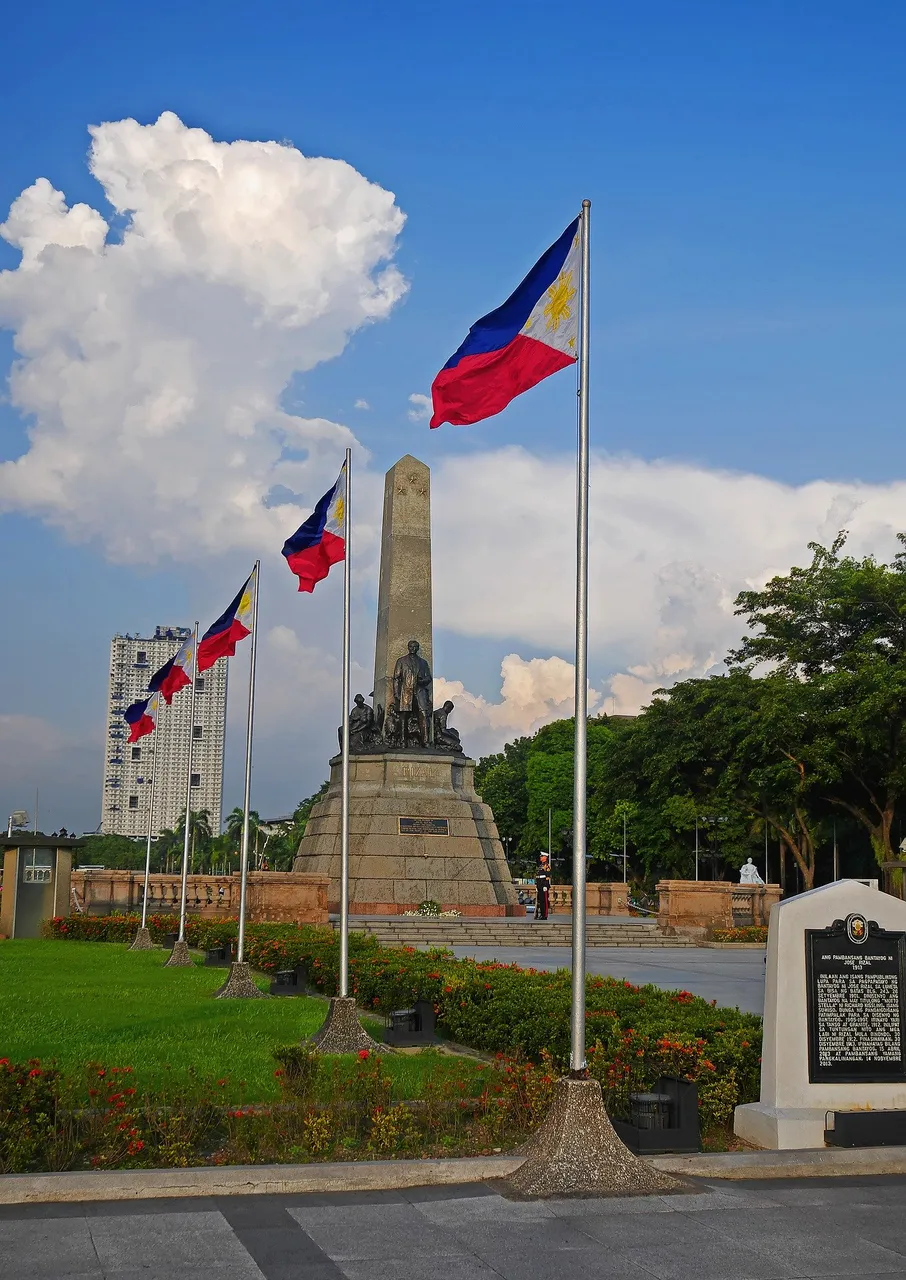
Filipino Folklore Inspired Anime Series on Netflix Debuts Today
It's past midnight and I'm having a blast watching the creators, actors, writers, and producers talk about Trese in Trese After Dark. The Netflix series based on the books by Budjette Tan and Kajo Baldisimo is now available to watch on #Netflix.
So I wanted to hear them talk about the process of creating a Filipino anime series before I watched the anime itself; with team members located in different parts of the world and with an English and Filipino language version to boot, I'm certain that it posed challenging situations and hurdles to create this groundbreaking project. The lovely Liza Soberano will voice the Filipino version while bubbly Shay Mitchell will be voicing the English dub.
It will be exciting to watch a Pinoy anime series that I can easily identify with. I recognize the places which set the stage for the story and have been trapped in the LRT and MRT on more than one occasion, which should be more than enough to make me watch what happens next after the opening scene as shown in the trailers.

Kicking off the series the day before Independence Day Celebration in the country is not a coincidence. For me, it is apt and fitting to showcase the beauty of the metropolis I walked the streets in and see how they created the world of Trese vis-a-vis the real Manila.
The superstitious beliefs, cultural nuances, and stories being told here were the ones that I heard from the old folks in the family when I was young. I even wrote a blog post about one in particular last year that I had a close encounter with. The urban legend of the lady in Balete Drive will be included in the Netflix series. Wow.
Click here if you wanna read the blog post about my urban legend experience...
2/3 into the docu-talk show and I'm already too excited to write about it so here I am already tapping away at the keyboard and just processing everything as I shift from tab to tab watching and writing at the same time. lol
As an armchair sociologist, I have a keen interest in folklore and one of the things that really stand out to me when it comes to Philippine mythologies is that we have a rich and diverse collection of mythical creatures and beings with fascinating origin stories and distinct characters that subtly changes from town to town - it's a socio-anthropological candy store. I'm surprised this did not happen earlier with the dearth of new storylines and originals.
From this, I will segue on and greet all Filipinos with a happy Philippine Independence Day 2021. As you know, General Emilio Aguinaldo declared Philippine Independence in 1898 where the flag was raised and the national anthem was played for the first time. It was not recognized by the American colonial forces because Spain just sold the archipelago to the Americans and they were not going to just give it away to the locals and give away their investment at a loss. Long story short, we declared June 12 as the official independence day only on August 4, 1964 - 66 years after Aguinaldo's declaration.

Finally, putting a spotlight on mythological characters highlights a rich and diverse cultural heritage that has been in existence in verbal traditions handed down from generation to generation. It expresses a unique worldview seen through the eyes of our ancestors and refined as it is passed down to the younger ones. It brings together the qualities and characteristics of who we believe are heroes and heroines, and the concept of heroism that we want to emulate.
It is a mirror of the Filipino nation forged in the centuries of struggle to break away from a negative self-image and postulate a belief in ourselves individually and as a nation. Having a female lead makes it even more memorable and shows the importance and high regard we have for women, and how far we have gone 123 years after that fateful day in Cavite el Viejo, in the Province of Cavite in 1898.
Thanks for reading. Well, I hope you did since this is already near the end. I hope you got was I was aiming for in this rambling blog post and will now go back to watching Trese.
Thanks and have a wonderful day!
Images by artbox_at and Willie C. from Pixabay, editing done on canva.com. and screengrabs from the documentary movie Trese After Dark.